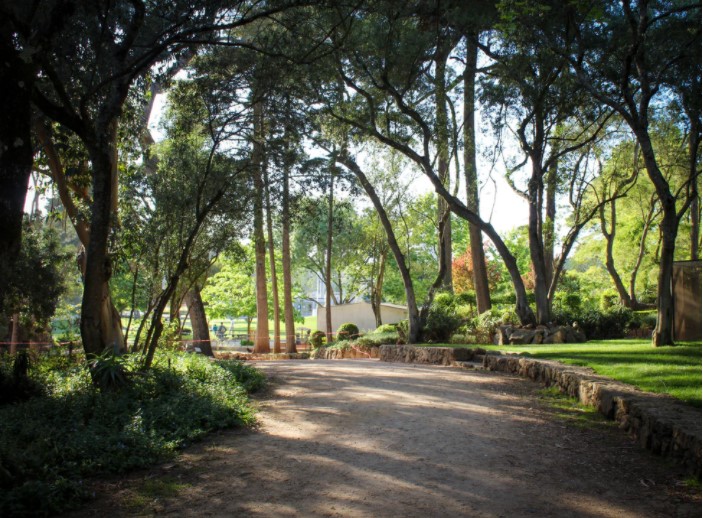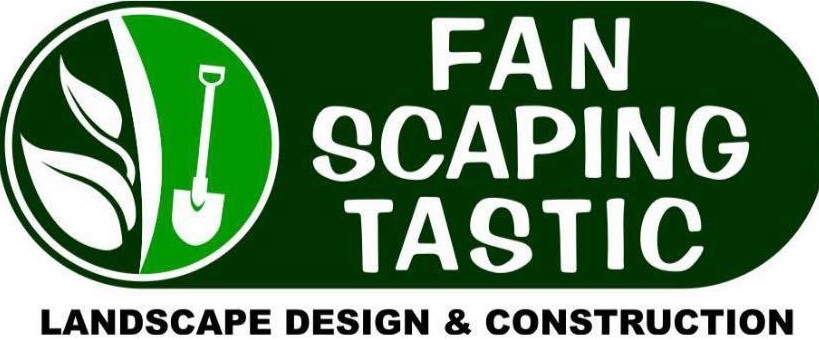
Sandstone Garden Edging: The Ultimate Guide
Garden edging used to be about practicality only. Not anymore. With sandstone garden edging, you can accentuate your garden’s focal points and make the borders stand out.
Sandstone garden edging provides texture and makes your garden look crisp.
Remember in elementary art class the teacher always made us draw borders? We learned that it made the subject stand out.
That’s precisely what makes sandstone a perfect garden edging material. Neat and decorative on its own, it makes the flowers or shrubs it borders look mesmerizing.
Even though sandstone is a bit more expensive than plastic or other stones, we highly recommend it. Its durability makes it worth the cost.
But before we move on to the benefits of sandstone, let’s take a look at something else.
Why is Garden Edging So Important?
Garden edging uses our perception of geometry to make any garden look aesthetically pleasing.
With each edge, you can be led from one focal point to another as the lines guide you.
But that’s only a beautifying stage. In terms of pragmatism, garden edging has loads of uses.
It prevents soil or mulch of one area from spilling over to another.
It also helps to distinguish hardscaping and softscaping by defining clear walkways and driveways.
Thus, you can see how garden edging can emphasize your garden’s different aspects the way you want.
The whole process does require a bit of planning and plenty of details, but it’s worth every penny.
So with all that said, let’s dive straight into it, shall we?
Benefits of Sandstone Garden Edging
Visually Appealing Borders
Sandstone comes in a wide range of colors and textures. The natural patterns are intricate and well-polished.
These borders can separate plant beds and patios or help to emphasize a lone big tree.
The plants and the lawn flow well due to the borders. The edges accentuate them quite well.
Thus, you can make your garden look even more magnificent using this material.
Preventing Weeds From Spreading
Weeds are a nasty problem for those who have lawns. It’s every gardener’s headache to pluck out weeds every day.
The worst part is when weeds from lawns start spreading to planting beds. So the weeds end up nestling in between the flowers and ruining the soil.
Hence, they end up destroying all the excellent work you put in.
To make sure that doesn’t happen, a suitable edger needs to get to work. These help to elevate or distinguish plant beds and flowering beds.
That way, you can limit the weed’s growth to a smaller area.
Your flower bed also becomes prettier by default.
So stop worrying about weeds and start edging your flowers and plant beds.
Enhanced Durability
For other services, we usually recommend a whole host of materials for you to choose from.
In this case, we want you to get sandstone for several reasons.
Apart from how fantastic the garden will look for it, sandstone is also just miles better than any other material. This is due to its stunning lifetime.
Timber borders are no longer in use because of how frequently they rot.
Plastic edging might be a popular choice, but we request you not to fall for that trap. Plastic ends up cracking very soon after its installation.
As you will see later on, installing and re-installing edging stones is exceptionally costly and puts a dent in anyone’s wallet.
We want what’s best for you. Get sandstone without a doubt because you will never have to worry about replacing it.
It will last you an entire lifetime.
Who Gets to Install Sandstone Garden Edging?
Who chooses to lay down the stones will affect how long they last. With proper installation comes long-lasting performance.
You can either trust yourself or leave it in the hands of a professional landscaper.
Laying down stones is relatively easy. However, if you’re new to gardening and landscaping, we think it’s best if you ask an expert to do it for you.
A professional landscaper will know where to find the cheapest and highest quality stones that match your preferences.
If a team works under a landscape design company, the team can also recommend tips that will help you make your garden look more elegant.
Once you’ve decided who to trust, you can now wonder about the next steps.
Steps to Install Sandstone Garden Edging
Remember, you have to be very meticulous and have a keen eye for details. So if you’re doing this on your own, make sure you’ve done plenty of research beforehand.
Step 1: Cut or Dig The Edges
You can either cut or dig the edges to mark your lines clearly.
If you want to cut the edges, you can use spades or half-moon edgers to draw lines manually. This can be difficult as curves are not easy to cut and shape.
You can also use other devices with a more specialized function to cut edges.
If you aren’t satisfied with the results, you should dig a trench. Dig up a small trench – not too wide and not too narrow. This helps mulch to accumulate.
For digging, use specialized gardening tools. So, for instance, you can use spades or forks if you want. For more tools like this, click here to learn more.
Step 2: Hang a Straight Line
This may seem unimportant, but it’s vital for many reasons.
The string acts as a makeshift level – allowing the landscaper to know when the trench isn’t looking very straight.
Then placing them onto those trenches is easy.
Step 3: Mix Cement and Add Mulch
Make sure the cement is wet enough for it to be mixed in a wheelbarrow using trowels.
Wet the stones with water and place them one by one in the trenches after filling it with cement. Align the stones well with the string attached.
After the new edging has been successfully installed, put handfuls of mulch on to the new plant beds.
This helps to hinder weed formation and keeps your garden look luscious.
The darker colors truly provide some much-needed contrast.
Conclusion
And that’s it! Armed with this knowledge, you can now lay these stones on your own. If things don’t work out, landscapers will save the day.
See what other services you may need from landscaping companies here.


Recent Comments